IEEE Reliability Society Newsletter Vol. 60, No. 3, August 2014
Table of Contents
Front page:
President's Message
From the Editor
Society News:
Candidates Sought for Reliability Society Admin Committee (2015-2017)
Reliability Society Award Nominations
Special T-REL SW QA EditionReport from the 2014 SERE Conference in San Francisco
Report from the IPFA Conference, Singapore
Members & Chapters
Outreach UK and Ireland Chapter
Boston - New Hampshire - Providence
Meetings & Conferences
Letters in Reliability
Links:
Reliability Society Home
Chapter Report: UK and Ireland Reliability and CPMT
Reliability Outreach Workshop, 10–11 June 2014, University of Greenwich, Old Royal Naval College, London
The IEEE UK and Ireland Reliability Outreach Workshop, held in Greenwich (the location of the Meridian), London, attracted many participants with a healthy number from industry. With the objective to reach out to those wishing to learn, the invited presentations aimed to be tutorial and focused on applications in severe environments.
The key invited speakers did indeed give informative talks:
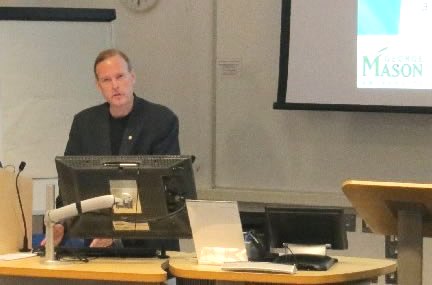
Dr Jeff Voas of NIST gave insight into 'Privacy & Security for Mobile Devices in Extreme Environments'
- essential for the use of smart phones in field operations by armed forces.
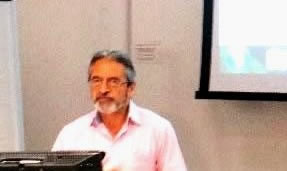
Dr Ali Hessami, who chairs Systems, Man and Cybernetics, posed and answered the question 'Is a Reliable System Safe & Secure?
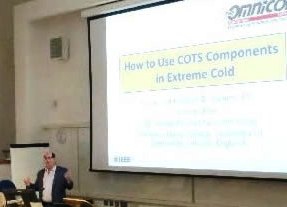
Addressing the need to operate components reliably in extreme cold, Scott Abrams described a practical method of adding heating elements to adapt circuit ambients to enable operation of electronics components within their specified range.
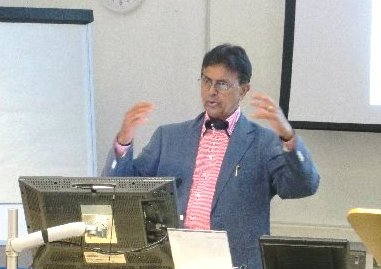
Nihal Sinnadurai, the inventor of the HAST highly accelerated damp heat test method, presented the method and model for using HAST. Nihal described the experiments that led to proving high reliability of plastic encapsulated microelectronics and photonics for severe climates and had provided the breakthrough for the adoption on "commercial off-the-shelf" (COTS) in high-rel systems globally.
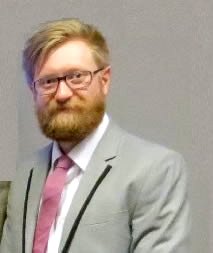
New generation players are taking COTS one step further - using assessed consumer products into space applications. Dr Chris Bridges of Surrey Space Centre (SSC) is one of the new wave of engineers, researchers, and scientists inspired by the CubeSat standard aiming to utilise COTS subsystems to build nano-satellite systems. Chris, the lead for On-board Data Handling at SSC, assessed and deployed a commercial smart-phone as the control system in the STRaND-1 mission intention to assess commercial hardware components and software in designing and operating low-cost satellites in low earth orbits. The survival during launch and operation of the satellites have exceeded expectations.
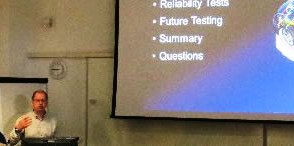
Dr Derek Braden of Delphi tackled the need for the increased functionality and safety of automotives to be delivered at the lowest possible cost and work in extremely harsh environments whilst achieving the highest levels of reliability. Derek described practical Validation Testing in the laboratory by Delphi as an integral part of the product development process. He emphasised the need to avoid overspecification.
Three speakers addressed the need for diagnostics for failures from severe climatic operations:
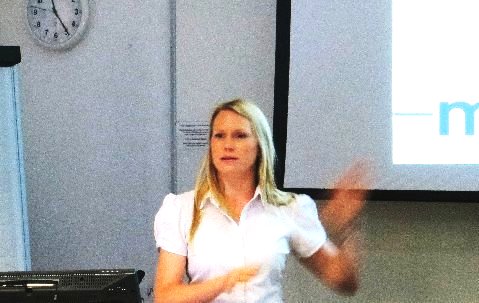
Dr Suzanne Costello, of Materials Consultancy, gave a deep insight into 'New Techniques for Root-Cause Failure Analysis and Problem Solving’ showing how to obtain enhanced 'perfect edge 3D images';
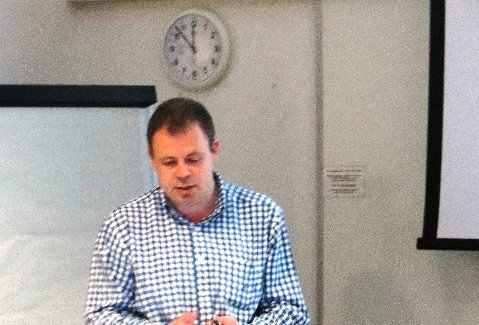
Further insight into diagnostics was by Dr Andrew Bunting on ‘Spatial mapping of strain for materials used to integrate micro-inductors with IC technology’.
Prof Dave Harvey of Liverpool John Moores University, described the technique of 'Fusion of Acoustic and X-ray Image Features for Monitoring of High reliability Electronic systems' whereby both X-ray and acoustic inspection were used to track and assess properties of solder bonds when the system was submitted to harsh thermal cycling profiles. The work opened the door to fusion of X-ray and acoustic data to give a better method for assessing real life circuit condition.
The second day of the Workshop comprised Tutorials on two important practical aspects of Reliability, namely 'Simulation with authentication' and 'Hermeticity for Reliability'.
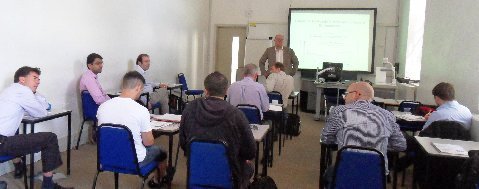
Prof Chris Bailey of the University of Greenwich gave practical training on methods of simulating reliability behaviour for severe environments. Chris emphasised the need to anchor such simulations to practically obtained data, thereby avoiding the usual disconnection between simulation and real behaviour.
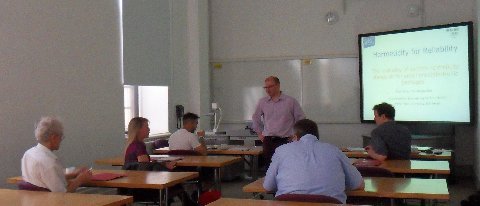
Prof Marc Desmulliez dealt with the re-emergence of hermeticity testing because many MEMS devices and photonics now use hermetic packaging. Marc provided guidance on the correct methods of hermeticity measurement and described how to avoid the flaws of some of the former methods used in the past.
The team received very positive feedback and a number of suggestions for future events from those attending. We are grateful to the companies and universities and the IEEE Reliability Society who supported the attendance of the invited speakers and of course the organisations who supported their people to attend the Workshop.
‘Simulation for Reliability Behaviour in Severe Environments’ by Prof Chris Bailey, University of GreenwichCo-sponsored by IMAPS-UK and NMI